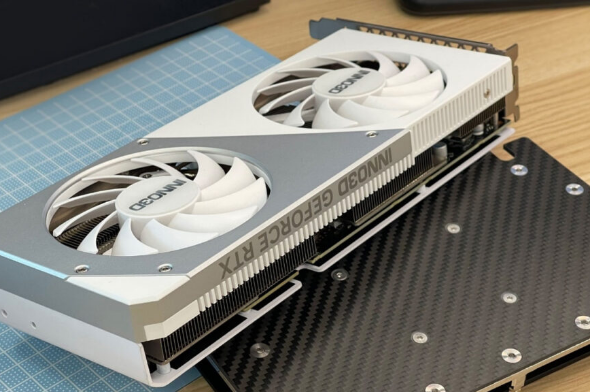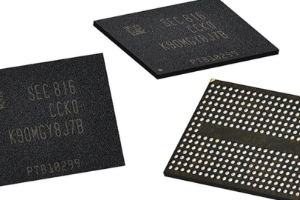Connection to DriversCloudCreate a DriversCloud.com accountReset your DriversCloud.com passwordAccount migration
Inno3D AXGaming hides its GeForce power cables
A solution so simple that it makes you wonder why nobody thought of it before.
There are generally two ways of looking at the PC case: as a parallelepiped of no aesthetic interest, or as a small work of art that you want to perfect in order to show it off. The first school couldn't care less about the shape or elegance of the tower, as long as the PC is more practical or discreet, as the case may be. For the second school, on the other hand, case design is a veritable quest, a moment-by-moment effort to achieve nirvana. More and more PC manufacturers are taking into account the desires of this second school, which is convincing more and more enthusiasts every year. As a result, we've been able to discover original case shapes, front panels with integrated screens, LEDs in all directions and, of course, more or less glass walls. The problem often remains the question of cables and, in the best of cases, the only solution is to use reflective models or even models with their own LEDs.
However, with fewer and fewer components in the PC, and with the motherboard integrating ever more functions, the outright disappearance of cables is another option. Well, "disappearance" is obviously an exaggeration: let's rather say that it's a matter of hiding them as much as possible, and with this in mind, we wonder why nobody had yet thought of the latest idea from Chinese graphics card manufacturer Inno3D. For its brand-new AXGaming range, the company has had the ingenuity to reverse the position of the cards' power connector. Instead of facing the outside of the case, it now turns inwards, allowing the card's power cable to run behind the card, barely visible. To date, Inno3D has only presented two graphics card models using this process, a GeForce RTX 4070 and a GeForce RTX 4060 Ti.
On both models, the power connector is soldered to the board's PCB, making it much more robust and eliminating the need for adapters or extensions. Perhaps this is also why Inno3D's choice is currently limited to these two GeForce models: these are NVIDIA's least power-hungry GPUs, allowing the manufacturer to make do with a single 8-pin connector. Assembly is fairly straightforward. Remove the backplate from the graphics card, which is easy to dismantle. The connector can then be plugged in, and the backplate replaced before the graphics card is installed in its PCI Express slot. This is indeed the slight constraint of such a system: you can't unplug the graphics card without removing it from its PCI Express slot. Nothing too troublesome, though. Inno3D presented its two cards at Computex 2023, but has not yet announced a release date.









